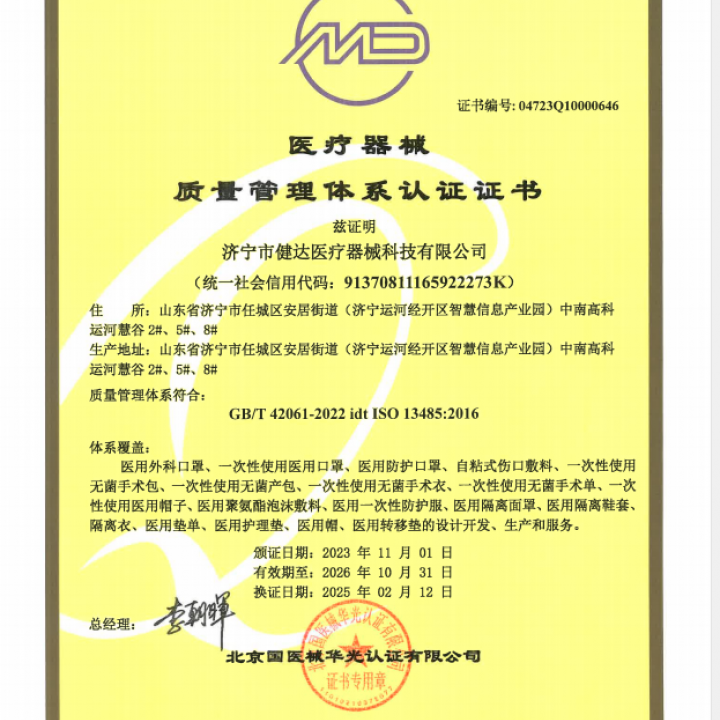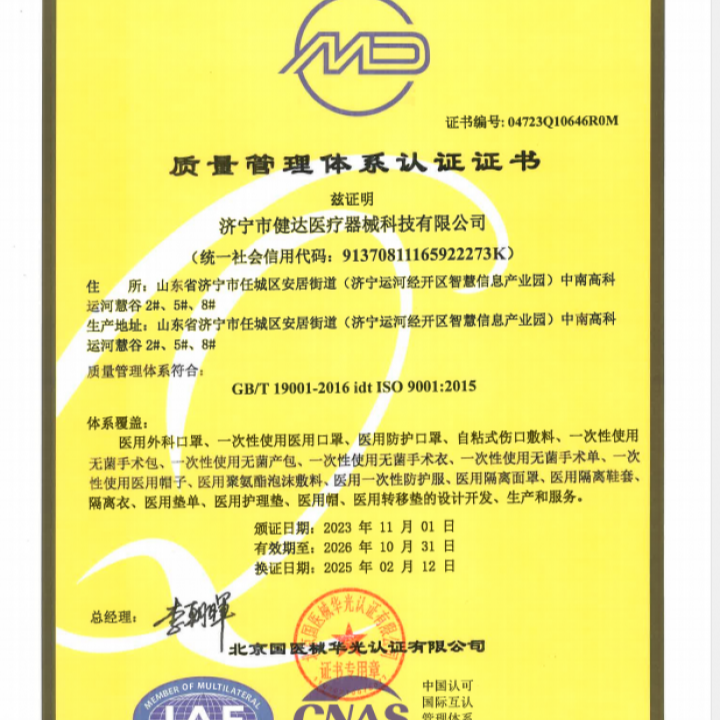1、 Professional division of labor in medical services
In the provision of traditional medical services, medical services are only provided by hospitals and doctor clinics, covering almost all functions from medical treatment, laboratory testing, diagnosis, and treatment to postoperative rehabilitation and chronic disease management. These "large and comprehensive" institutions have high operating costs, unclear main functions, and a large amount of costs are invested in daily operations rather than targeted treatment for patients; The emerging medical service model exhibits more specialized division of labor, dispersing multiple functions into independent institutions, and providing patients with cheaper and more efficient services through continuously improving information technology and diagnosis and treatment technology.
Simply dispersing diagnosis and treatment to different institutions can significantly improve service efficiency.
With the help of information technology, patients can upload their own test results through the Internet to obtain accurate diagnosis from professional doctors, and treatment can be completed through micro clinics, specialized hospitals, etc. On the basis of accurate diagnosis, the treatment of many diseases is only a controllable and replicable process, and doctor assistants and even nurses can complete these treatment tasks.
A considerable number of institutions dedicated to this have emerged in the United States, such as RediClinic and Minutclinic (acquired by the American pharmacy chain CVS in 2007), Shouldice Hospital and other surgical specialty hospitals, as well as many ophthalmic clinics, heart disease hospitals, cancer rehabilitation centers, etc. Compared to traditional hospitals that charge for all services on a per project basis, these treatment focused institutions have begun to charge fixed fees to patients based on individual procedures. The process is unified, the risks are controllable, and the resulting medical expenses are clear and explicit. In September 2006, the ProvinCare program of the Geisinger Health System began charging insurance companies a fixed rate fee for selected heart bypass surgeries, along with a 90 day shelf life.
Clayton Christensen's research shows that compared to healthcare institutions that provide both diagnosis and treatment, these clinics that only provide specific treatment services can provide comparable levels of medical services at half the price. For the same treatment of external abdominal wall hernia, Shordales Hospital only treats a few types of patients with external abdominal wall hernia, but all patients use the same clinical path. It only takes four days in total. The first day is meal preparation, the second day is surgery, and the third and the fourth day days are recuperations. The assembly cost is 2300 dollars, the patient satisfaction rate is close to 100%, and the cost of medical accident litigation is almost zero; On the contrary, in a general hospital in North America, the cost of the same surgery is $3350, and the surgery is completed in the outpatient department. If the patient is hospitalized, the cost will be as high as nearly $7000.
Common and frequently occurring diseases such as upper respiratory tract infections, sinusitis, and pharyngitis can also be treated in micro clinics primarily operated by nurses. According to Mary Kate Scott, an expert in the field of micro clinics in the United States, with proper technical support, there are a total of around 60 to 100 diseases that can be treated by micro clinics. Although the types are limited, these diseases account for 17% of the diseases that go to the United States to see a family doctor, and the cost of treating these diseases in micro clinics is 32% to 47% lower than the cost of seeing a family doctor. Its convenient and fast characteristics, without the need for queuing, greatly reduce the time for patients to seek medical treatment, and greatly improve patient satisfaction.
Due to the fact that nursing staff are sufficient to play a major role in the new medical service model, the workload of doctors is greatly reduced, and their human resources can be more directed towards professional clinical diagnosis.
The Cleveland Clinic in the United States has restructured its original center into an institution characterized by cross departmental expert collaboration, such as hiring oncologists, radiologists, neurosurgeons, psychiatrists, and psychologists at the Institute of Neurology, integrating with neurologists to accurately diagnose the etiology and different types of patients. The continuous refinement of diagnosis has promoted a better division of labor between diagnosis and treatment.
In addition, doctors can also greatly expand the scope of providing medical diagnosis through information technology.
In traditional communities, the service scope of a general practitioner is about 1000 to 1500 people. In the new medical service model, patients no longer need to rely on the face-to-face medical treatment model. Doctors can use the Internet to provide services to patients from all over the world to make diagnosis. In this new service model, the general practitioner team can expand their service scope to 5-10 times that of the traditional model.
The ECHO project of New Mexico State University uses electronic communication technology to provide specialized medical services for rural communities in New Mexico, such as hepatitis C and AIDS treatment. But the ECHO project is completed through cooperation between specialist doctors and local medical service providers. During this process, the technical capabilities of local medical staff are improved, indirectly promoting the improvement of local medical service levels. This is obviously of great significance for developing countries or underdeveloped regions.
2、 Establish a coordination network to promote patient self-healing
The rapid development of the Internet in all corners of life has also brought new possibilities to the treatment and management of chronic diseases.
The treatment effectiveness of many chronic diseases is closely related to the patient's own lifestyle and daily behavior. How to improve the compliance of chronic disease patients with treatment plans is a headache for many doctors. Relying solely on doctors to prescribe is obviously limited in effectiveness, and the long-term and huge costs of chronic diseases have become the main disease burden in various countries.
In the United States, the patient network built on the Internet platform allows patients to actively participate in their own treatment, greatly improving the effect of treatment and significantly reducing the cost of treatment.
Taking dLife as an example, it is committed to helping diabetes patients and their families to establish network mutual assistance. Through broadcasting TV programs and website navigation, registered users can help and encourage each other. The same institutions include Waterfront Media and WebMD, dedicated to establishing a mutual aid network for chronic disease patients, utilizing a large amount of patient data to enable patients to find other "people like themselves". Patients can directly understand their treatment progress by comparing themselves with other patients, and ultimately these patients can communicate and learn from each other.
For chronic diseases with dependency, such treatment is particularly effective. Taking quitting alcohol as an example, what patients communicate on the internet is user made content. They share their experiences of overcoming alcohol addiction with each other and encourage each other during the process of quitting alcohol. Although many doctors also treat patients with acute alcoholism, alcoholic liver disease, or alcoholism, their role in treating chronic diseases as the cause is limited.
With the support of the internet, such institutions can help patients use registered private medical records and anonymous medical expense bills to search for similar "patients", and some can even provide measurement indicators for patients to compare with similar patients. By combining model prediction tools, the probability of disease occurrence can be calculated, and corresponding prevention and treatment recommendations can be derived. As data continues to accumulate and increase, the accuracy of matching and diagnosis also continues to rise, forming a virtuous cycle.
This also brings great convenience to the growth of doctors.
In the traditional medical service model, doctors' diagnosis and treatment level largely depends on their accumulation of clinical experience. Today, big data formed based on the Internet platform allows doctors to easily browse many cases and improve the accuracy of diagnosis.
In the United States, the Restless Legs Syndrome (RLS) Foundation helps patients "obtain the latest treatment plans and arm themselves with information to impart their information about RLS to doctors.". This has become a new channel for doctors to learn and progress.








